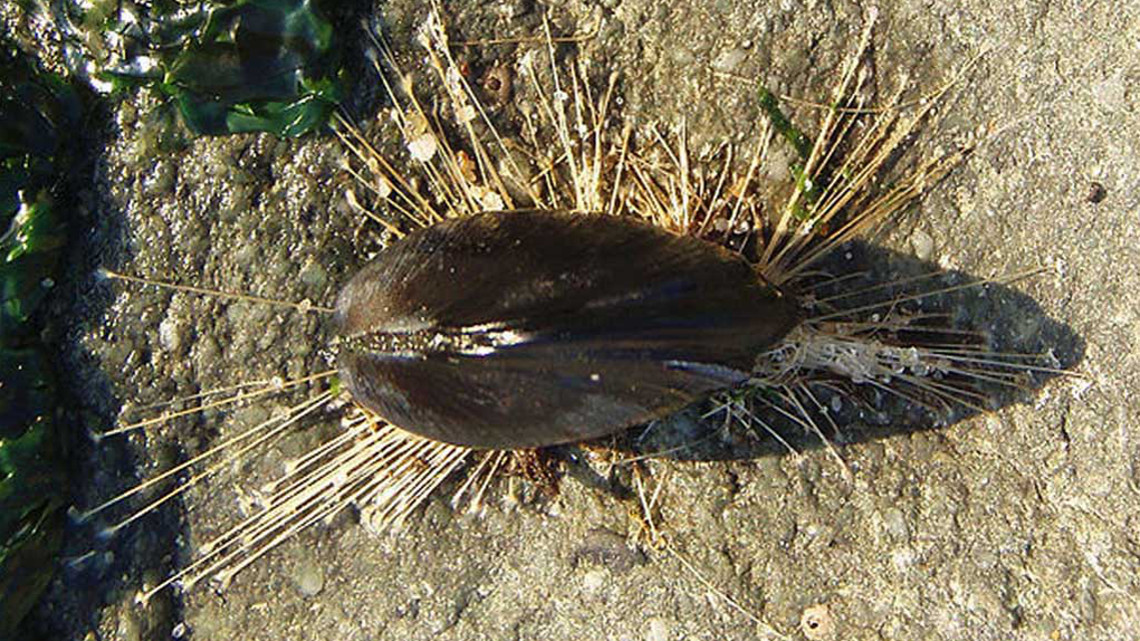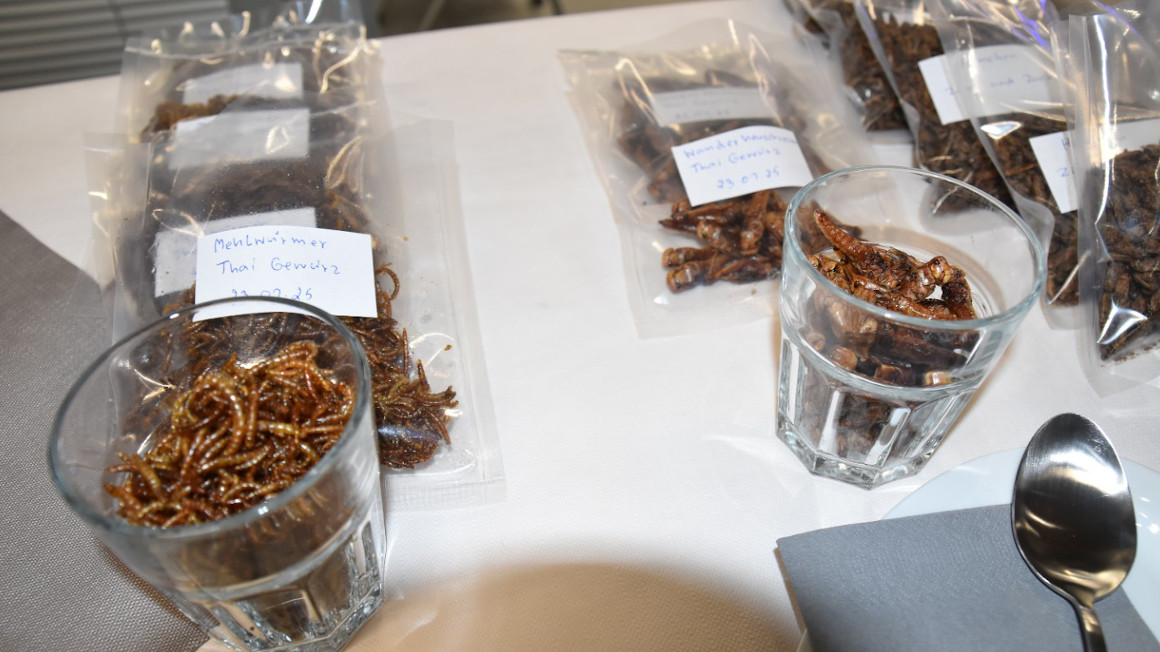Mussels as blueprint for green chemistry
Mussels could serve as a blueprint for the environmentally friendly production of complex polymers. Max-Planck researchers in Potsdam deciphered the intricate process.

The common mussel has more to offer than pearls and tough threads with which it clings to the seafloor. Scientists at the Max-Planck-Institute of Colloids and Interfaces in Potsdam-Golm have gained first insights into the extraordinary process how mussel attachment fibres, known as byssus threads, are generated in the mollusc foot. They discovered that many steps of these biobasec production process happens autonomously. “Many of the starting materials of the biopolymers self-assemble into complex structures simply because the mussel releases them in a coordinated fashion at specific locations,” Matt Harrington describes the ingenious process. These new findings, published in the journal “Nature Communications”, could serve as a blueprint for green chemistry approaches to easily produce technical complex and self-healing biopolymers artificially and environmentally friendly.
Inspirational adhesive strength
In their research the Max-Planck scientists shed for the first time light on the genesis of byssusthreads. In order to attach itself to the ground or stones the common mussel uses the byssus threads, which forms a yellowish mat of fine hairs. The small adhesive plaques at the end of each threads have an unparalleled ability to adhere underwater and have caused excitement among material scientists. As it turns out, the process by which the threads are produced, could also serve as an inspiration to chemists. The biopolymer that forms the core of the thread is extremely tough and also heals itself when damaged. In addition, the cuticle of the thread is as hard as the epoxide resin used to manufacture printed circuit boards, but is still highly extensible. Because of these many interesting qualities chemists want to understand how this material is produced by these molluscs.
Separate glands coordinate to generate the byssus threads
The fact that glands of the mussels secrete the thread substances into a fine groove in the mussel foot has been known for quite some time. However, now the research team led by Matt Harrington at the Max-Planck-Institute of Colloids and Interfaces in Potsdam found out that there are in fact three parts of the byssal thread, which in turn means that there are separate glands for the adhesive plaque at the end of a thread, for the core, and for the cuticle. The starting substances are then mixed in appropriate ratios in small vesicles. The Max-Planck researcher could now show that the differentiation of the glands, their position and the point in time when they release their content, are vital to ensure that the three parts of the filament are formed at the correct sites. A perfectly choreographed series of vesicles containing the polymer components for the core, the cuticle and the plaque flow into the groove, where they autonomously assemble into a material with a very complex structure.
The Potsdam team observed this by artificially stimulating the glands in the mussel foot to release vesicles in an otherwise paralysed the foot in order to study it. They then froze several of the mussel feet in various phases of thread production and analysed sections of them using a spectroscopic method that shed light on the chemical composition of the substances. They compared the results of these analyses with the results of experiments in which they selectively stained various chemical components in the threads. “Because only the glands function in the paralysed foot, we were able to distinguish precisely which steps of the biopolymerization process are self-organized and where the mussel has to intervene to regulate the process,” explains Tobias Priemel, who performed most of the experiments.
When synthesis is artificially initiated and the mussel is unable to intervene, sometimes flaws appear in the byssus thread, leading the researchers to surmise that the mussel foot itself apparently plays a vital role. Matt Harrington and his coworkers are now trying to find out how mussels produce threads without the observed flaws and why they do not have to actively intervene in other byssus production steps. “If we knew which factors favor self-assembly of the biological polymers, the chemical industry might be able to produce complex polymer structures in a similar manner”, Harrington says. For the future, he hopes to harness even more hidden tricks of the mussel for the industrial synthesis of polymers: “My dream is to create – with the help of what we learn from byssus threads – self-healing materials in an environmentally friendly process that have similar physical properties to byssus threads.”
jmr


